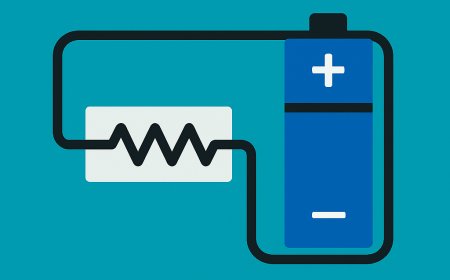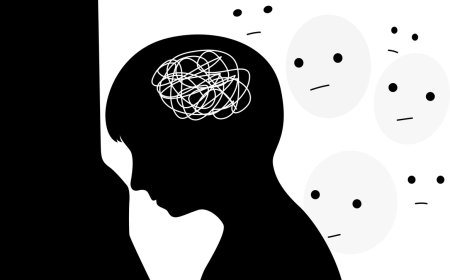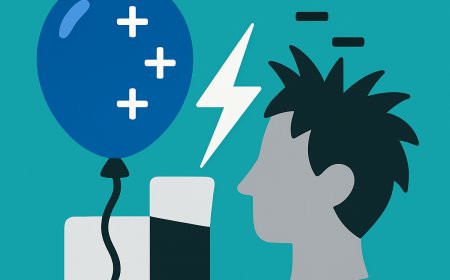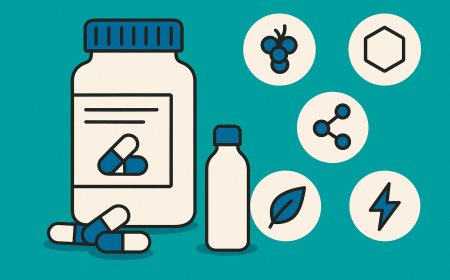Hooked: The Truth Behind Addiction and the 10 Addactive Substances
Delve into the science behind addiction, exploring the body's physiological response to addictive substances and discovering the 10 most addictive substances that affect our daily lives

Addicted: Body, Mind, and the Top 10 Substances
Breaking Down the Complex World of Addiction to Understand How Substances Affect Our Bodies
Addiction is a complex and often misunderstood phenomenon that affects millions of people worldwide. In this article, we will explore the science behind addiction, unraveling the intricate physiological processes that occur in the body when exposed to addictive substances. Additionally, we will uncover the 10 most addictive substances, shedding light on what makes these substances so difficult to resist.
The Science of Addiction: What Happens in the Body?
At the core of addiction is the brain's reward system, which is responsible for reinforcing behaviors that promote survival, such as eating and reproducing. When an individual uses an addictive substance, the brain's reward system is activated, releasing a neurotransmitter called dopamine. This release of dopamine creates a pleasurable sensation, and over time, the brain begins to associate the substance with this feeling of pleasure.
As an individual continues to use the addictive substance, the brain adapts by reducing its natural production of dopamine. This leads to a diminished response to the substance, causing the individual to require more of it to achieve the same pleasurable effect—a phenomenon known as tolerance.
In addition to tolerance, the brain also develops a dependence on the substance to maintain normal functioning. When the substance is removed, the individual experiences withdrawal symptoms, which can range from mild discomfort to severe, life-threatening complications.
The 10 Most Addictive Substances
-
Heroin: This powerful opioid is derived from the poppy plant and is known for its intensely euphoric effects. Heroin is highly addictive due to its rapid action on the brain's reward system, leading to a strong physical and psychological dependence.
-
Cocaine: Cocaine is a stimulant drug extracted from the coca plant and is known for its ability to produce feelings of intense energy, confidence, and euphoria. Its addictive potential stems from its rapid and potent effects on dopamine levels in the brain.
-
Nicotine: Found in tobacco products, nicotine is a highly addictive stimulant that affects the brain's reward system by increasing dopamine levels. The widespread availability of tobacco products contributes to the high rates of nicotine addiction worldwide.
-
Methamphetamine: Commonly known as meth, this powerful stimulant produces a rush of energy, euphoria, and increased focus. Methamphetamine has a high addiction potential due to its long-lasting effects on the brain, leading to significant dopamine depletion and severe withdrawal symptoms.
-
Alcohol: Alcohol is a legal and widely consumed substance that affects the brain's reward system by increasing dopamine levels and inhibiting the activity of other neurotransmitters. Its addictive potential is influenced by genetic, environmental, and social factors.
-
Benzodiazepines: These prescription medications, such as Valium and Xanax, are commonly used to treat anxiety and sleep disorders. They have a high potential for addiction due to their calming effects and the development of tolerance and dependence with prolonged use.
-
Amphetamines: Often prescribed for attention deficit hyperactivity disorder (ADHD), amphetamines like Adderall and Ritalin can be addictive when misused. They stimulate the release of dopamine and norepinephrine in the brain, leading to increased focus, energy, and euphoria.
-
Cannabis: While cannabis is considered less addictive than other substances on this list, it can still lead to dependence and addiction in some individuals. The psychoactive compound in cannabis, delta-9-tetrahydrocannabinol (THC), acts on the brain's reward system, producing feelings of relaxation and euphoria.
-
Caffeine: Found in coffee, tea, and many other beverages, caffeine is a widely consumed stimulant. While its addictive potential is generally lower than other substances, regular use can lead to dependence and withdrawal symptoms such as headaches, fatigue, and irritability.
-
Sugar: Although sugar is not typically considered a drug, it can have addictive properties due to its impact on the brain's reward system. Consuming sugar leads to the release of dopamine, and over time, individuals may develop a dependence on sugar to maintain these pleasurable feelings.
The Takeaway
Understanding the science behind addiction and the body's physiological response to addictive substances is crucial in grasping the complexities of this widespread issue. By recognizing the 10 most addictive substances and their effects on our bodies, we can better comprehend the challenges faced by those who struggle with addiction and work towards more effective prevention and treatment strategies.
Remember, addiction is a complex and multifaceted problem that requires a comprehensive approach to treatment and recovery. If you or someone you know is struggling with addiction, it's important to seek professional help and support from a qualified healthcare provider.
Disclaimer: The image(s) featured in this article are for illustrative purposes only and may not directly depict the specific concepts, situations, or individuals discussed in the content. Their purpose is to enhance the reader's understanding and visual experience. Please do not interpret the images as literal representations of the topics addressed.
What's Your Reaction?












































































































